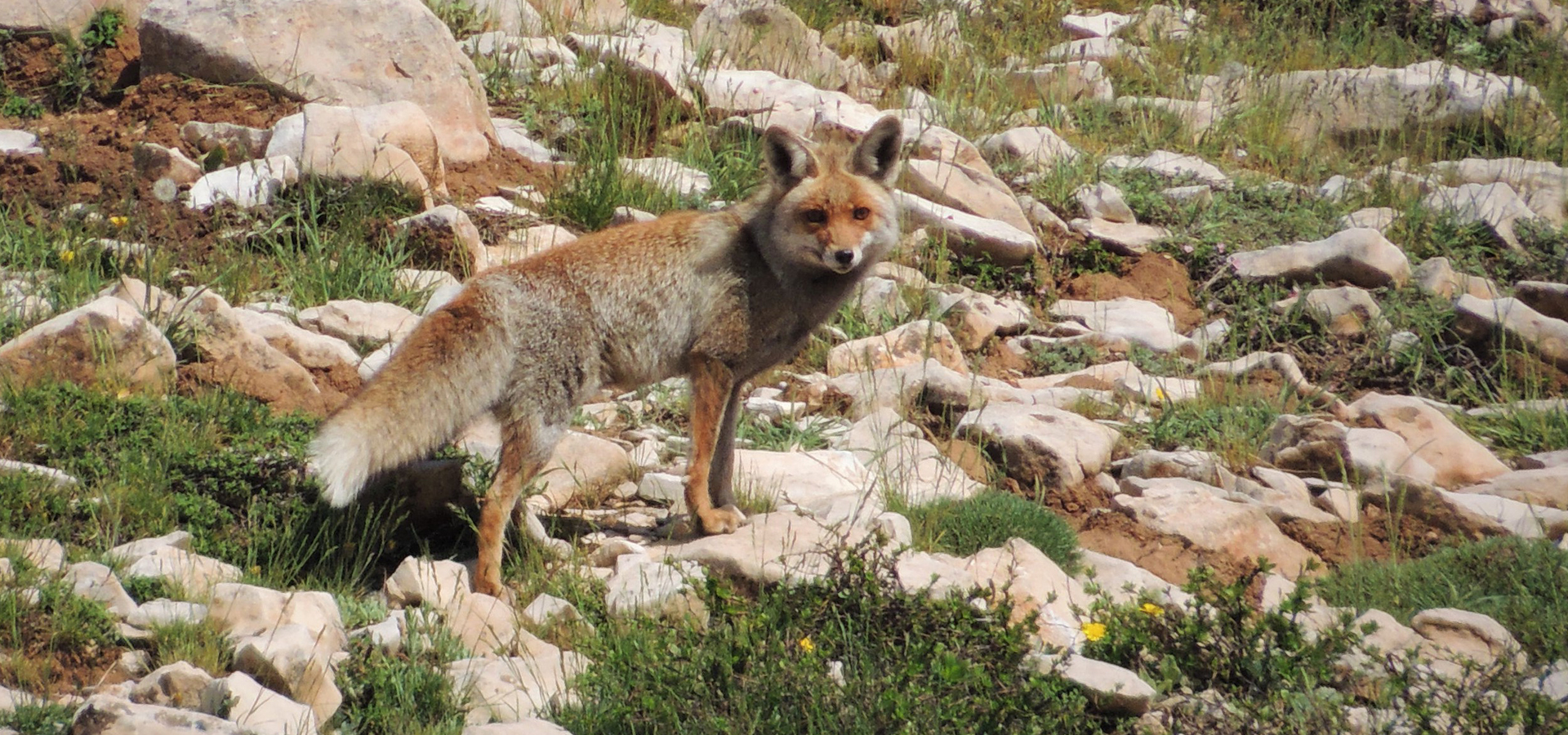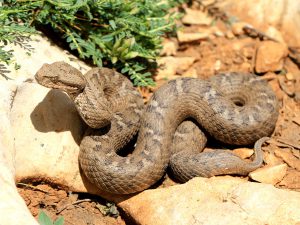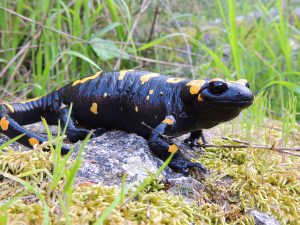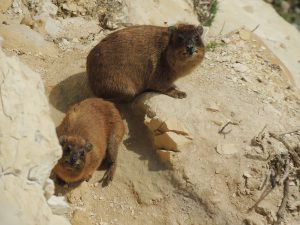
Wildlife in the Mountains of Lebanon
- July 7, 2020
- 0
Cover Photo: Red Fox (Vulpes Vulpes) – Rami Khashab
Despite its small area (10452 km2) Lebanon is mostly a mountainous country with two parallel mountain ranges, one is western and includes Lebanese highest peak: Qurnat al Sawda’ (3088 m), and the other stretches across the eastern border with Syria, both separated by the Bekaa valley.
Due to Lebanon’s unique Mediterranean climate, these mountains are thriving with wildlife, big part of which has become endangered or extinct as a result of human actions such as urbanization, deforestation and unsustainable hunting.

Animals inhabiting the Lebanese mountains include mammals such as: the Red Fox (Vulpes vulpes – Cover photo) that can often be seen crossing the road at dusk, or the Golden Jackal (Canis aureus) that is usually heard howling after dark, and the Wild Boar that became a common target for local hunters for its meat, as well as some locally endangered species like the Grey Wolf (Canis lupus) that almost disappeared from the Lebanese wilderness, and the National Animal of Lebanon the Striped Hyena (Hyena hyena), whose numbers are dramatically declining as people kill it out of fear, unaware of its importance in cleaning the environment and disease control.

The mountains are also rich in herpetofauna (reptiles and amphibians), some of which like the endemic Lebanon Mountain Viper (Montivipera bornmuelleri) venomous, became endangered as a result of habitat loss, and others like the Near Eastern Fire Salamander (Salamandra infraimmaculata) are highly affected by the pollution of water bodies in which they reproduce. Many reptiles, especially European Glass Lizards (Pseudopus apodus) and most snake species, are killed due to their reputation of chasing, attacking and killing people, which is wrong since only 9 of 25 known local snakes are venomous, and no wild animal would harm a human unless it was threatened by him.

Also, Lebanese mountains are home for hundreds of species of birds. They are nesting grounds for some species, and a temporary shelter for others during their migration. Unfortunately, these birds are threatened by the unsustainable hunting leading to severe decline in numbers of some species such as the Greater Spotted Eagle, the Egyptian vulture, and many others…
Thousands of species of invertebrates like insects, arachnids (spiders and scorpions) and mollusks (snails and slugs), also inhabit the mountains playing their part in the balance and in keeping these mountains alive (bees and other pollinators). Sadly, are also in danger due to vast usage of pesticides, and pollution.

Lebanese mountains are a hot-spot for biodiversity in the Middle East. But this biodiversity won’t last for long unless people start acknowledging its importance and taking care of it before it’s too late.
Don’t Kill, contact Lebanese Wildlife: 70534402
Author: Rami Khashab











